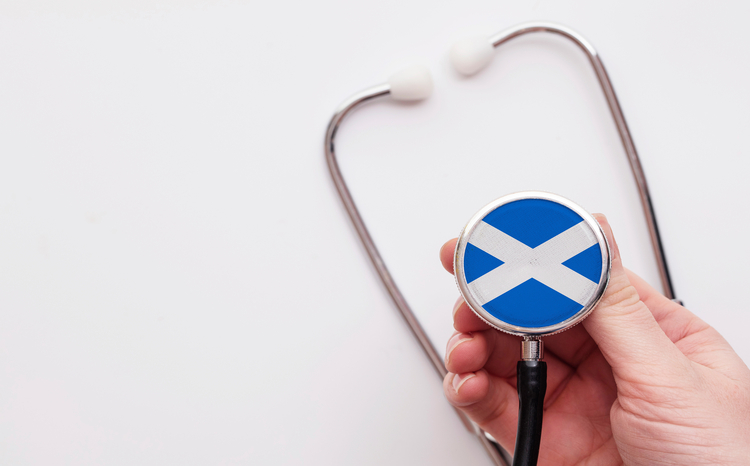Attachment problems thwart GP2GP transfers
- 31 July 2006
Practices involved in the pilot sites for GP2GP record transfer are unable to send attachments electronically because of problems with third party document management systems, it has emerged.
The NHS Connecting for Health (CfH) project, which is currently being piloted in Gateshead and the Isle of Wight, has discovered that most third party document management systems cannot extract and pass on scanned documents in electronic format.
CfH says it is working with the system suppliers to try and resolve the problems but in the meantime the practices involved in the GP2GP project must continue to rely on paper transfer alone.
The problem has been publicised by the British Medical Association’s General Practitioner Committee which this week called on document management system suppliers to work with CfH to try and resolve the difficulties as soon as possible.
Dr Paul Cundy, co-chair of the joint IT committee of the GPC and Royal College of General Practitioners (RCGP), told EHI Primary Care: “Clearly GP2GP transfer is nonsense if the associated documents are not transferred at the same time and document management system suppliers need to work urgently with the project to sort this problem out.”
A statement from CfH to EHI Primary Care confirms that most third party document management systems are unable to send scanned documents in an electronic format. It says: “Where practices engaged in the GP2GP project scan documents, an audit trail of the presence of a document is transferred. No such audit trail exists where the practice is not part of GP2GP. This enables the receiving practice to ensure that all scanned documents have been received when the patient has transferred.
“Currently, most third party document management systems are unable to send scanned documents in an electronic format. These companies are working with GP clinical system suppliers to enable a technical solution.”
The CfH says that the need for a print out of all documents in the envelope will continue during the life of the GP2GP project and will not affect the rollout of the project. Its statement added: “The requirement for this duplication of patient health information forms part of the evaluation criteria of the early adopter trials. This will continue as normal for the following reasons – the use in general practice of electronic health records for direct patient care is not across 100% of patients , the majority of patient information from outside practices remains paper-based and the variable degree to which such external information is incorporated into the electronic health record.”
Problems with attachments have dogged the GP2GP project which faced difficulties 12 months ago when it emerged that the version of the NHS Spine used at that time would have been unable to cope with the number and size of attachments involved in GP records.
The initial CfH target for GP2GP record transfer was to deliver the functionality to support the system by December 2005. The profession remains hopefully that transfer between EMIS systems, the first system to go live with GP2GP, could be widespread by the end of the year with INPS to INPS transfers following shortly after.
Transfers between different systems may take longer although CfH said this week that it was still on schedule to launch its pilot between EMIS and INPS practices in Croydon in September. iSoft has yet to take part in GP2GP pilots. A spokesperson for CFH said: “Discussions between iSoft and the GP2GP team continue.”
Dr Alan Hassey, co-chair of the join GPC/RCGP IT committee, told EHI Primary Care that the committee was committed to seeing transfers between different systems and discussions had been “very positive and constructive.” He added: “We have a very good relationship with the team running the project and this is a good news story, it is just making sure that it is handled in a way that ensures patients’ safety.”
As practices wait for the roll out of GP2GP record transfer, GP IT leads are issuing advice to those practices that are now choosing to transfer documents via CD. They are also warning that an increasing number of practices are failing to send all the attachments associated with a record when a patient moves practice.
Dr Hassey said: “Lots of practices are now sending incomplete medical records which is a really big problem. GPs absolutely have to send the whole record and they have no choice but to print out all the attachments and send them with the record.”
For those practices who are using CD to transfer records, a system set up by two Hertfordshire PCTs, the BMA and RCGP’s joint GP IT committee has issued advice about what to consider. The committee is also working on revisions to its Good Practice Guidelines to cover issues regarding the transfer of electronic records and attachments.
The advice about using CDs covers areas such as appropriate naming of documents with embedded metatags to enable receiving practices to easily identify attachments, ensuring that a receiving practice can readily contact a sending practice in case of difficulty, getting PCT approval and issues about encryption.




